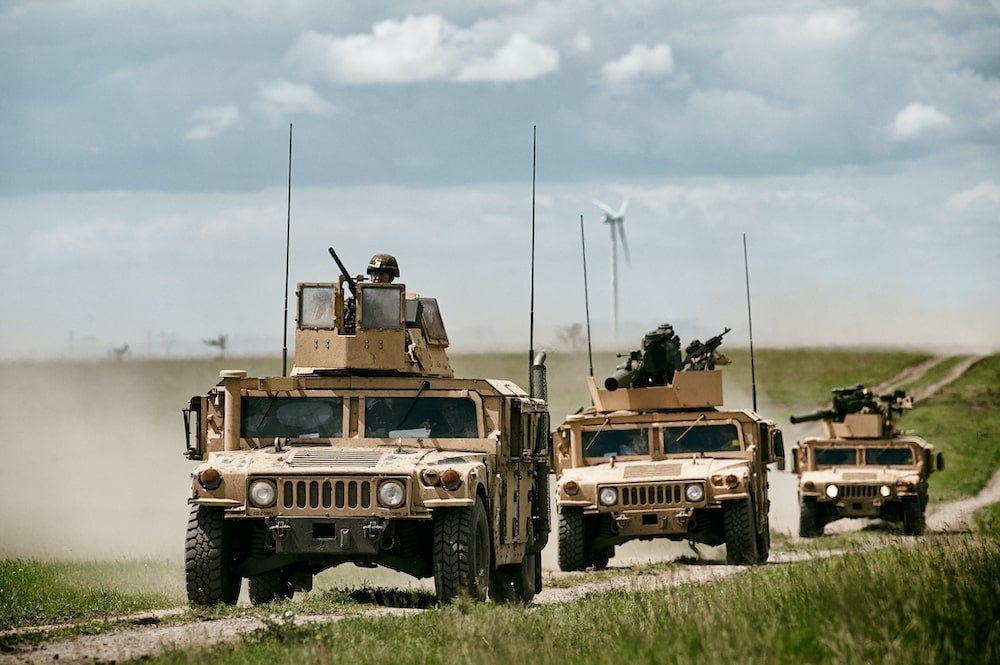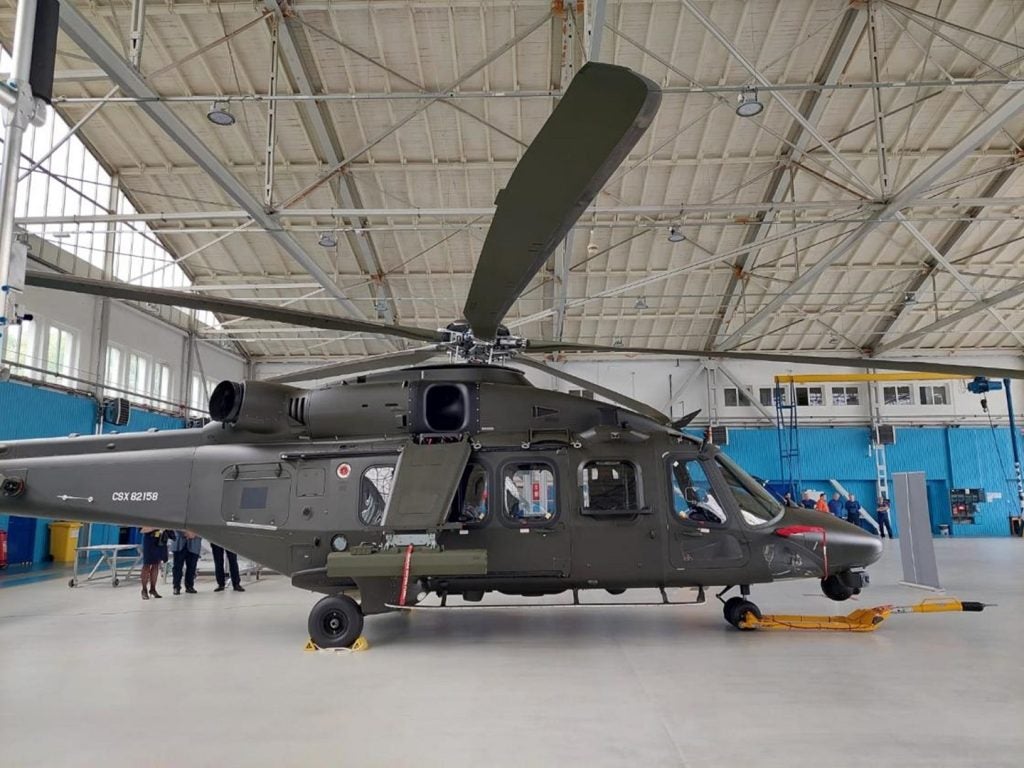With US force reposturing back to the fore with the announced US drawdown of troops from Germany, force posture shifts amongst allies in Eastern Europe reflects uncertainty over future US willingness and capability to intervene in potential conflict with Russia in a timely or decisive manner.
As the US posture is now primarily focused on countering China, Eastern European allies will need to operate in some manner whilst they wait for allied assistance. With Russian military reform having transformed their armed forces and capabilities since the 2008 Georgian war with a particular focus on facilitating Gerasimov doctrine of Limited Action Strategy predicated on Aerospace pockets of operations, previous strategies and tools are being revisited.
Observers of Russian Aerospace activities in Syria have observed a force capable of advanced and high-tempo operations, working with advanced electronic warfare systems, access denial assets, smart munitions and significant numbers of dumb munitions delivered by advanced platforms. The deployment of SU-34s and advanced electronic warfare pods like Khibniy have prompted the need for enhanced means of contesting the air from the ground, lest the Russian Airforce operate in an environment of supremacy. The necessity to contest the airspace from the ground stems from the sheer cost of attempting to contest air-to-air (noting also Russian surface to air proficiency), as well as allowing forces to survive long enough for assistance to arrive from allies.
The lessons of Russian deployments to Ukraine and Syria have demonstrated the necessity of forcing Russian aircraft higher and avoiding Russian interdiction at will. Globaldata expects the market for short and medium surface to air systems to reflect this, with greater emphasis on mobility and distribution of the surface to air killchain (including sensors). Anthony Endresen, GlobalData analyst, states: ”the uncertainty over allied intervention in the event of Russian confrontation combined with Russian military reform is likely to result in the pursuit of more advanced surface to air systems in Eastern Europe, with greater willingness to invest in more expensive solutions providing more resilient deterrence. Systems like more mobile sensors, AESA radars, and dual seeker effectors will be the future market in this geography.”
How well do you really know your competitors?
Access the most comprehensive Company Profiles on the market, powered by GlobalData. Save hours of research. Gain competitive edge.

Thank you!
Your download email will arrive shortly
Not ready to buy yet? Download a free sample
We are confident about the unique quality of our Company Profiles. However, we want you to make the most beneficial decision for your business, so we offer a free sample that you can download by submitting the below form
By GlobalData








